-
This study found that cycle tourists in Montana spend an average of $76 per day and stay eight days in the state during their trip, much longer than the average tourist. Safety is cycle tourists’ top priority, so supporting more cycle touring in the state requires investments in safer routes, including narrower rumble strips, wider… Read more
-
This study found that Arizona drew 14,000 out-of-state visitors to 250 cycling events in 2012. Because most participants stay for an average of only four days, their visits have a relatively small economic impact in the state-wide economy. However, these events are likely significant to small towns (see 69) and local spending associated with Arizona… Read more
-
This study found that snowmobilers from outside Valley County, Idaho are an important source of revenue during the winter months, spending an average of three days per trip and $106 per day. This revenue stream is highly susceptible to weather, with visits dropping 40 percent in a low snow year. Read more
-
This study found that snowmobiling is associated with high daily spending in Montana, with the average resident snowmobiler spending $108 per day and the average non-resident spending $148 per day. Despite the 4,000 miles of groomed trails available in the state, snowmobiling remains primarily an activity enjoyed by residents, who accounted for 93 percent of… Read more
-
This study found that the Slickrock Trail, a world-famous mountain bike trail in Moab, Utah, draws a large number of avid users annually, who are willing to travel long distances and spend large sums to reach it. Because access fees are a relatively low portion of overall trip cost, visitation rates are unlikely to change… Read more
-
This study found that while 70 percent of Missoula residents were willing to pay more taxes to acquire open space and build new trails and recreation facilities, still more (77%) were willing to pay more taxes to maintain existing facilities. Eighty-six percent of all residents had used City parks in the previous 12 months, highlighting… Read more
-
This study found that the benefits of trails in Indian Country may be more significant than in other communities that are less culturally or spatially fragmented, less politically and economically marginalized, or less culturally tied to the landscape. Trails can provide particularly valuable benefits to residents of Indian Country, helping to improve residents’ quality of… Read more
-
This study found that mountain bikers visiting the Moab, Utah trail system spent an average of $282 per trip and visited 2.5 times per year. Rather than a specific trail, as was studied in the Fix and Loomis (1997) Slickrock Trail study, this study evaluated the benefits of the Moab area’s whole mountain bike trail… Read more
-
This study found that locals are the main beneficiary of the Teton County, Wyoming trail system, although visitors are increasingly enjoying area trails outside of Teton and Yellowstone National Parks. The economic impact of the trails may be significant, but is difficult to estimate without knowing how many visitors come to the area just for… Read more
-
This study found that participants in backcountry, non-motorized winter recreation generate a substantial economic, employment, and fiscal impact in the Teton-West Yellowstone region. This is the only study we are aware of that assesses the impact of this type of recreation. Read more
-
This study found that crown wildfires that cross trails are likely to have a dramatic effect on use and individual benefit for hikers and mountain bikers that persists for decades after the fire occurs. Prescribed fires are also shown to decrease benefits and use for both groups, but these declines occur gradually over decades rather… Read more
-
This study found that trail-related recreation on Wyoming’s 10,000 miles of trails, both motorized and non-motorized, generates substantial spending for local businesses and tax revenue for state and local governments. While off-road vehicle (ORV) and snowmobile users generate far more spending in this analysis, the incomplete assessment of non-motorized users makes it difficult to make… Read more
-
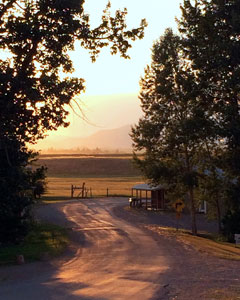
This report provides an overview of the Blackfoot River watershed’s economy and summarizes the findings from six focus groups that explored potential economic opportunities. Read more
-

How can communities measure and take advantage of the economic impacts of nearby outdoor recreation activities on public lands? Read more
-

Review the economic and demographic differences between Metro, Connected and Isolated counties. Read more
-
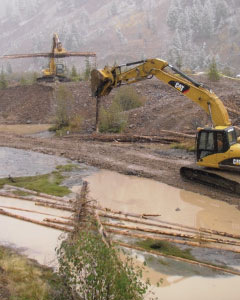
This report provides a way to calculate the economic impacts of natural resource restoration activities to nearby communities that should be helpful to local officials, agency staff, and policy analysts. Read more
-
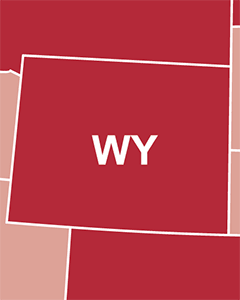
This report compares how Wyoming provides local governments with production tax revenue from unconventional fossil fuel extraction compared to other major energy-producing states. Read more
-

This report compares how New Mexico provides local governments with production tax revenue from unconventional fossil fuel extraction compared to other major energy-producing states. Read more
-
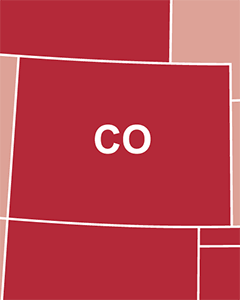
This report compares how Colorado provides local governments with production tax revenue from unconventional fossil fuel extraction compared to other major energy-producing states. Read more
-
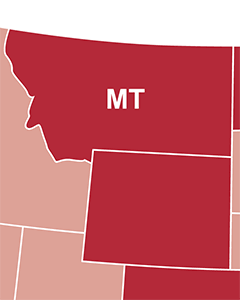
This report compares how Montana provides local governments with production tax revenue from unconventional fossil fuel extraction compared to other major energy-producing states. Read more